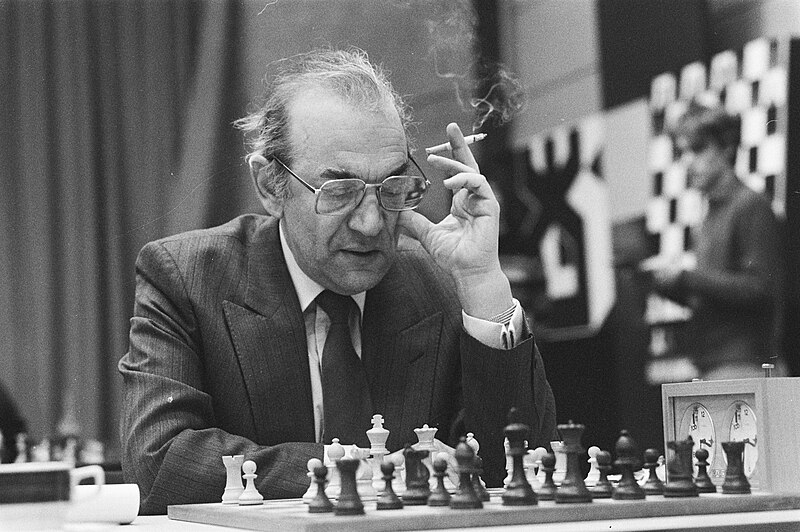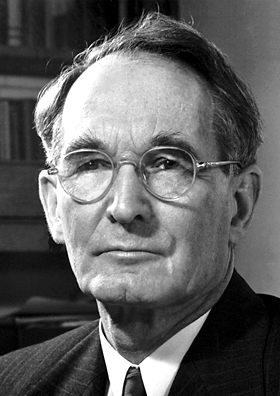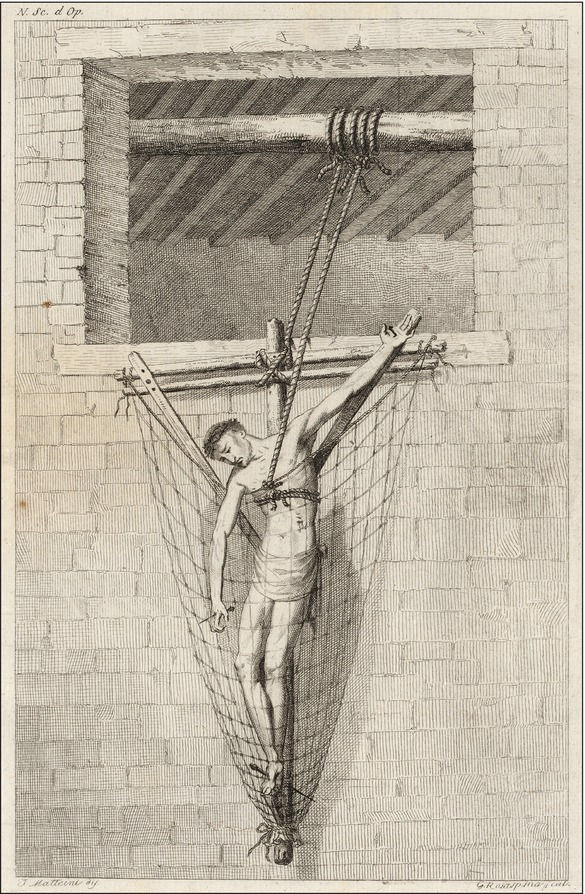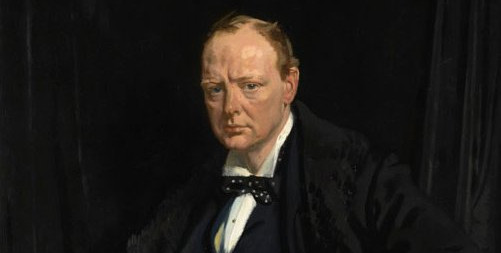Charles Guiteau, James Garfield’s assassin, read a poem at the gallows:
I am going to the Lordy, I am so glad. I am going to the Lordy, I am so glad. I am going to the Lordy, Glory hallelujah! Glory hallelujah! I am going to the Lordy!
I love the Lordy with all my soul, Glory hallelujah! And that is the reason I am going to the Lord. Glory hallelujah! Glory hallelujah! I am going to the Lord.
I saved my party and my land, Glory hallelujah! But they have murdered me for it, and that is the reason I am going to the Lordy. Glory hallelujah! Glory hallelujah! I am going to the Lordy!
I wonder what I will do when I get to the Lordy, I guess that I will weep no more when I get to the Lordy! Glory hallelujah!
I wonder what I will see when I get to the Lordy, I expect to see most splendid things, beyond all earthly conception, when I am with the Lordy! Glory hallelujah! Glory hallelujah! I am with the Lord.
He asked for an orchestral accompaniment, but it was denied.
11/18/2023 UPDATE: Improbably, Guiteau eventually got his accompaniment — in Stephen Sondheim’s 1990 musical Assassins, his character sings part of the poem while cakewalking up and down the scaffold:
(Thanks, Molly.)





